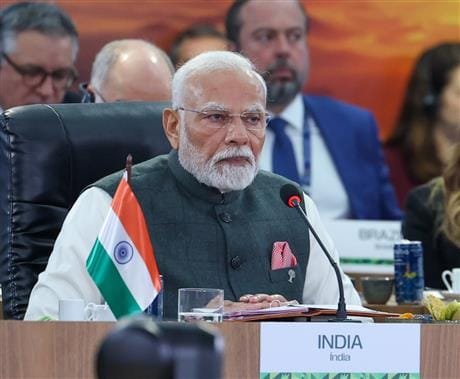Bank exposed to unsecured retailers
HDFC Bank Ltd’s higher provisions on its unsecured loans are timely and provide a buffer against potential deterioration in asset quality, said S&P Global Ratings.
For the quarter ended 30 June 2019, the bank reported an about 60% rise in such costs due to stress in agricultural loans, accelerated provisioning against unsecured loans, as well as higher contingency provisions.
“The provisions do not impact our rating on HDFC Bank (BBB-/Stable/A-3) given the strong earnings and ample headroom in the bank’s capital to absorb the provisions,” said S&P on 22 July 2019.
“We view HDFC Bank’s higher provisions as a cautionary step in light of a tougher operating environment, including slow consumption and sector-specific problems such as liquidity stress in nonbank financial institutions (NBFIs) and housing finance companies.”
As of June 30, 2019, 54% of the bank’s domestic loans are from the retail segment and about a third of them are unsecured. Of the total loans, 11%-12% are personal loans and 6% are credit card loans, the highest among the large Indian banks.
HDFC Bank’s significant exposure to unsecured retail segments makes it vulnerable to a turn in retail credit cycle in India.
“We believe the higher provisions will help the bank tackle potential deterioration in asset quality,” said S&P.
The bank’s regulatory capital ratios are well above the regulatory minimum, with Tier 1 capital ratio of 15.6% and total capital adequacy ratio of 16.9%, against the regulatory minimum of 7% and 11.075% respectively (including capital conservation buffer and additional requirements of 0.2% on account of the bank being identified as a domestic systemically important bank).
HDFC Bank’s results were overall in line with S&P expectations supported by robust, although slightly moderated, credit growth of 17% year-on-year, and stable earnings (reported annualized return on assets of 1.8%). Reported net profit grew 18% year-on-year on a consolidated basis.
The bank maintained its low nonperforming loan (NPL) ratio of 1.4% despite a marginal increase of 4 basis points compared with the previous quarter on account of seasonal variations in agricultural loans.
HDFC Bank also announced a special dividend of about Indian rupee 13.6 billion to commemorate 25 years of operations. The financial impact of the special dividend on the capital position is modest in S&P view, at only 0.9% of reported shareholders’ equity as of June 30, 2019.
“We believe the bank’s risk-adjusted capital (RAC) ratio as calculated by S&P Global Ratings will remain adequate despite the higher provisions and dividend payout.
“In our base case, we expect the bank’s profitability to remain stable, and superior to the industry’s, supported by high net interest margins and low operating expenses.
“Based on our forecasts of above-average growth and stable earnings, the RAC ratio will be 9.0%-9.5% over the next 18-24 months.”
This report does not constitute a rating action, said S&P. fiinews.com










